In 1418, from the Lam Son mountains, Le Loi raised the flag of uprising against the Ming Dynasty. Following his call, heroes from all over the country gathered here one after another, building a great career. Among them, the first person who always supported and followed closely by the commander Le Loi was General Tran Hoanh and his son Tran Van. Both of them later became great ministers of the Later Le Dynasty.
 Con Temple - a place to worship General Le Hoanh in Cao Ngoc commune (Ngoc Lac).
Con Temple - a place to worship General Le Hoanh in Cao Ngoc commune (Ngoc Lac).
In the early years of the uprising, from 1418 to 1424, the Lam Son insurgents' activities in the mountainous areas of Thanh Hoa encountered many difficulties and hardships. Surrounded by the enemy, the army's provisions were exhausted, more than half of the soldiers and generals were killed and wounded... there were times when it seemed that the uprising was in danger of collapsing. During those difficult times, in order to avoid being pursued by the enemy and preserve their forces, Le Loi advocated dividing the insurgents into many small armies, relying on the rugged terrain of the mountains and forests and the protection of the people to march along the waterways up the Chu River, Am River and by land. Then they gathered at the base of Chi Linh Mountain (now in Giao An Commune, Lang Chanh District) to consolidate their forces to counterattack the enemy.
General Tran Hoanh was then Le Loi's father-in-law. Le Loi assigned him to command an army by land from Lam Son base to find a way to march to Chi Linh base to join the insurgents to fight the enemy. Wherever the army led by General Tran Hoanh went, they were protected and sheltered by the people, and at the same time, they mobilized many young men to join the army. One day, when his army marched to the land of Cao Ngoc commune (now Ngoc Lac district), the whole army, along with horses and elephants, were exhausted from hunger and thirst. General Tran Hoanh ordered the whole army to rest and regain strength. At that time, the people in the village heard that Lam Son insurgents were passing by, so everyone voluntarily donated food and provisions to the insurgents. While stopping here, General Tran Hoanh inspected the terrain. Realizing that the Cao Ngoc Muong area had a basin-shaped terrain, surrounded on all sides by hills, with high slopes, dense forests and trees, he determined that this was a land with a very favorable terrain to organize military training and recruit more forces to serve the campaign. Therefore, he decided to let the soldiers set up camp here. Living, eating and staying with the people in the area created an emotional bond between the insurgents and the people. To acknowledge the feelings of the Muong people who sheltered and supported the insurgents during the months of setting up the military training camp here, General Tran Hoanh named the villages, hamlets and places in the Muong that his army had marched through. The names of the villages, hamlets, slopes, rocks, training grounds... that he named all had meanings and stories that are passed down by the people to this day.
We can mention a few names such as Nghien village (formerly called Nghen village). This is considered the gateway to Cao Ngoc Muong land, where there is Voi Quy slope, where people still pass down the legendary story about General Tran Hoanh's elephant, when passing this slope, he was exhausted and had to kneel down for a while to rest and regain his strength before continuing. Therefore, he named this slope Voi Quy slope. As for Nghen village, due to its dangerous terrain, many times the enemy troops advancing were ambushed, blocked and pushed back by his army and the people in the area, the enemy troops were "choked" here and could not advance deep into the military area. Therefore, he named it Nghen village (now Nghien village). For Chu village (Tru village) and Lo village (Lo village, Lua village) are two villages located next to each other with favorable conditions for developing labor production, having long fields, having convenient irrigation water sources, so they can produce a lot of rice, delicious food, and strange things. Therefore, General Tran Hoanh named it Lo village (referring to the wealth of rice); Tru village (referring to the prosperity). As for Con village, when his army arrived, it was called Mon village. In Kinh language, it means "people village". This is the village that General Tran Hoanh's army chose as a command base. Remembering the early days when the army marched here and was taken care of and helped by the villagers, he named it Con village (now Con village). Besides the village and hamlet names given by General Tran Hoanh and passed down to this day, there are still some place names and vestiges related to the army's activities in Cao Ngoc land.
After the Lam Son uprising was successful, in 1428 Le Loi ascended the throne, took the reign name Thuan Thien, and named the country Dai Viet. After that, the king conferred titles on the founding fathers and generals who had made great contributions to the uprising and granted the national surname to bear the surname Le following King Le Loi, including the father and son of generals Tran Hoanh and Tran Van, who were changed to Le Hoanh and Le Van.
To acknowledge the merits of General Le Hoanh, after his death, Le Loi built a temple to worship him in Con village (Cao Ngoc commune today). According to folklore and through the stories of the elderly, Con temple was built around the 15th century, after the victory of the Lam Son uprising. On the occasion of the Con temple festival, on the 7th day of the first lunar month every year, local people and visitors from all over the world come to offer incense, to pay tribute and remember the merits of General Le Hoanh in the uprising against the Ming invaders.
Article and photos: Khac Cong
Source: https://baothanhhoa.vn/dau-an-tuong-quan-le-hoanh-tren-dat-cao-ngoc-217387.htm




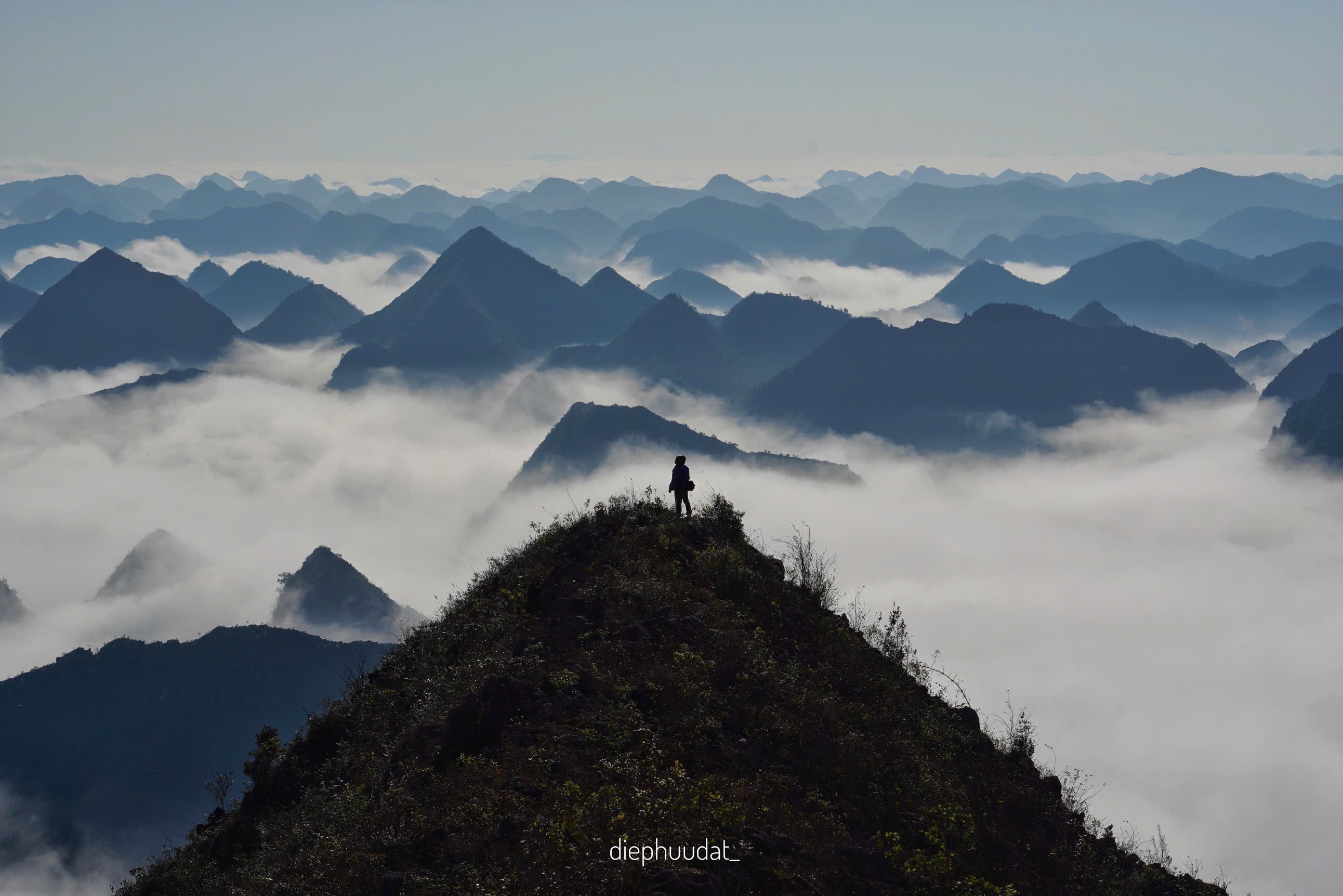
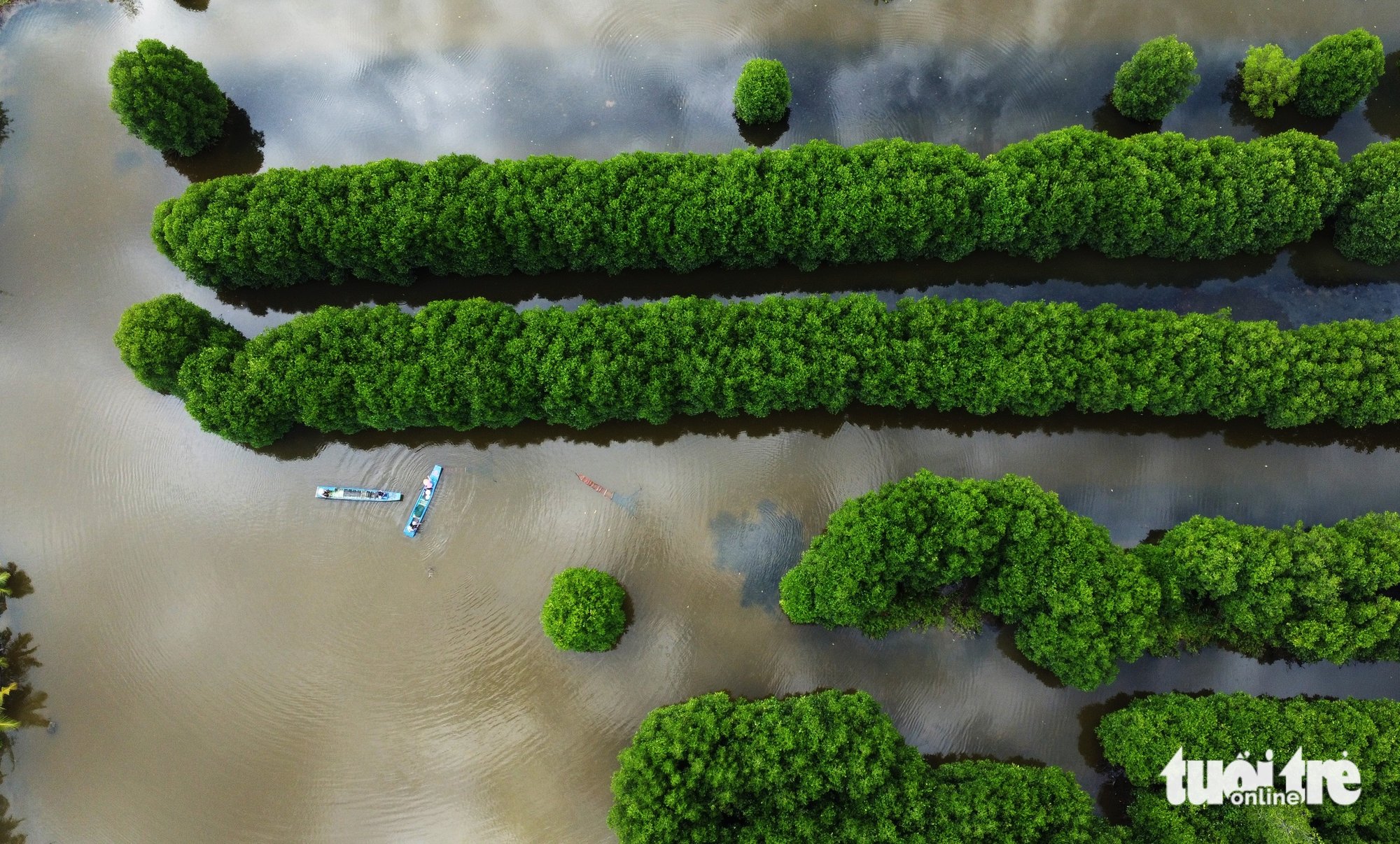
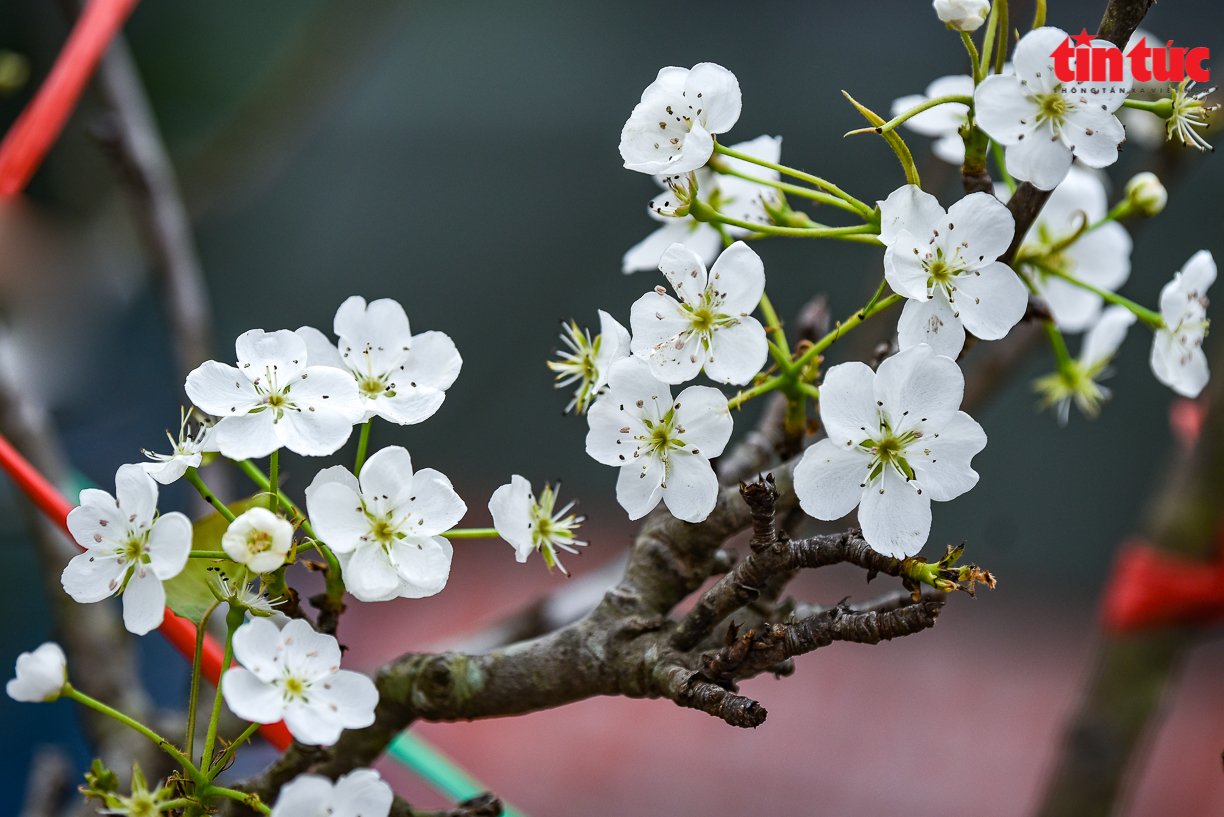

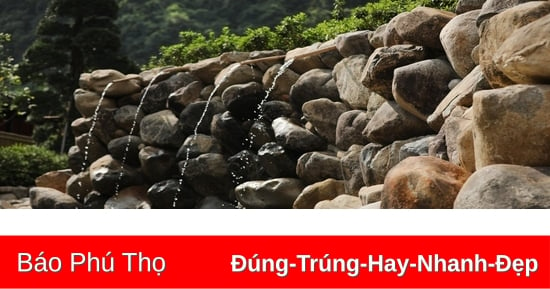
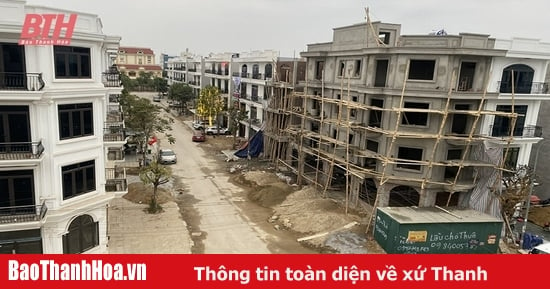
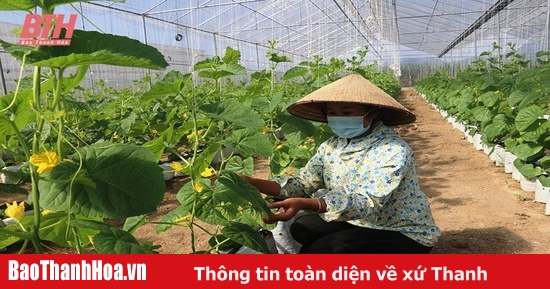
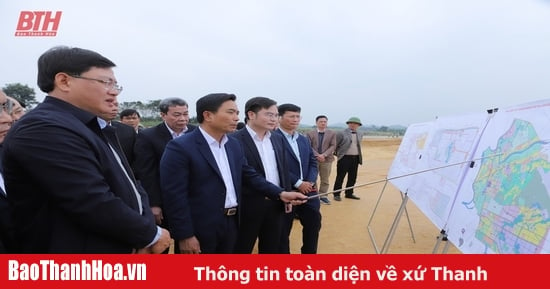
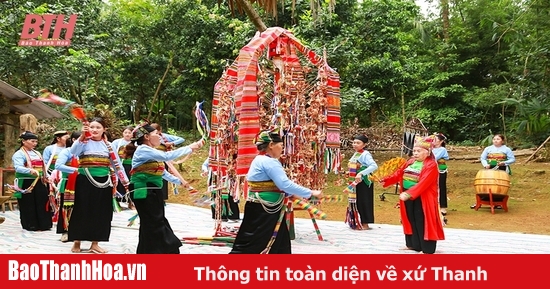
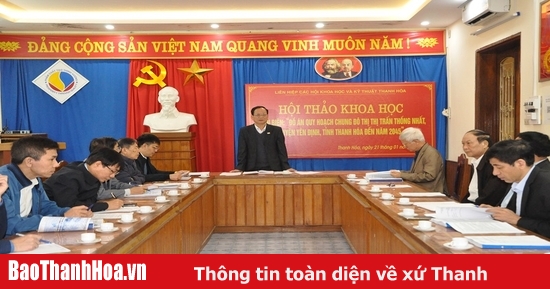
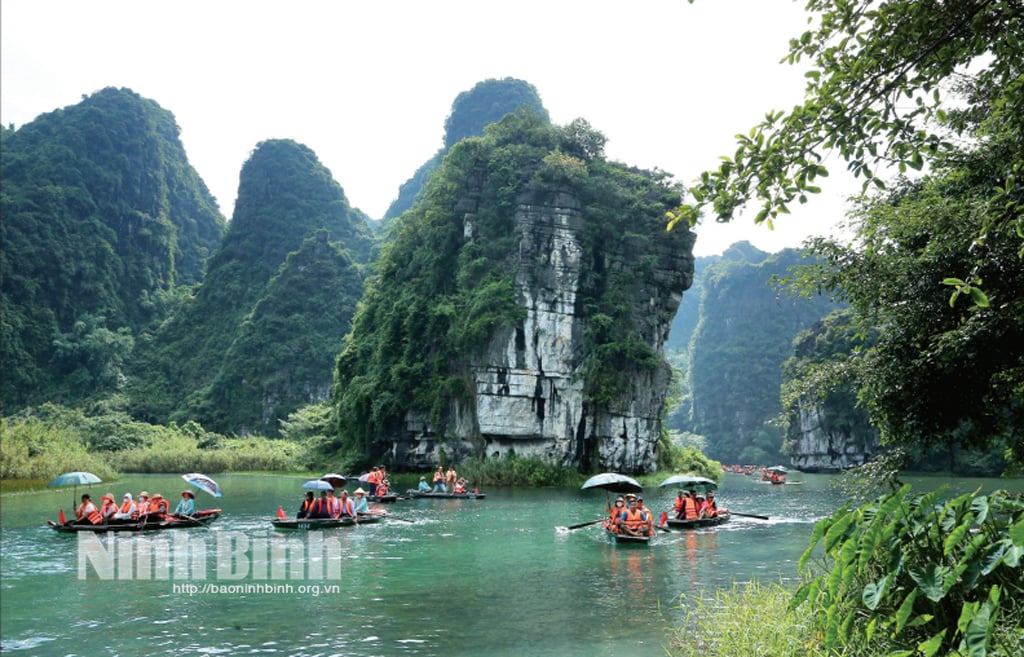





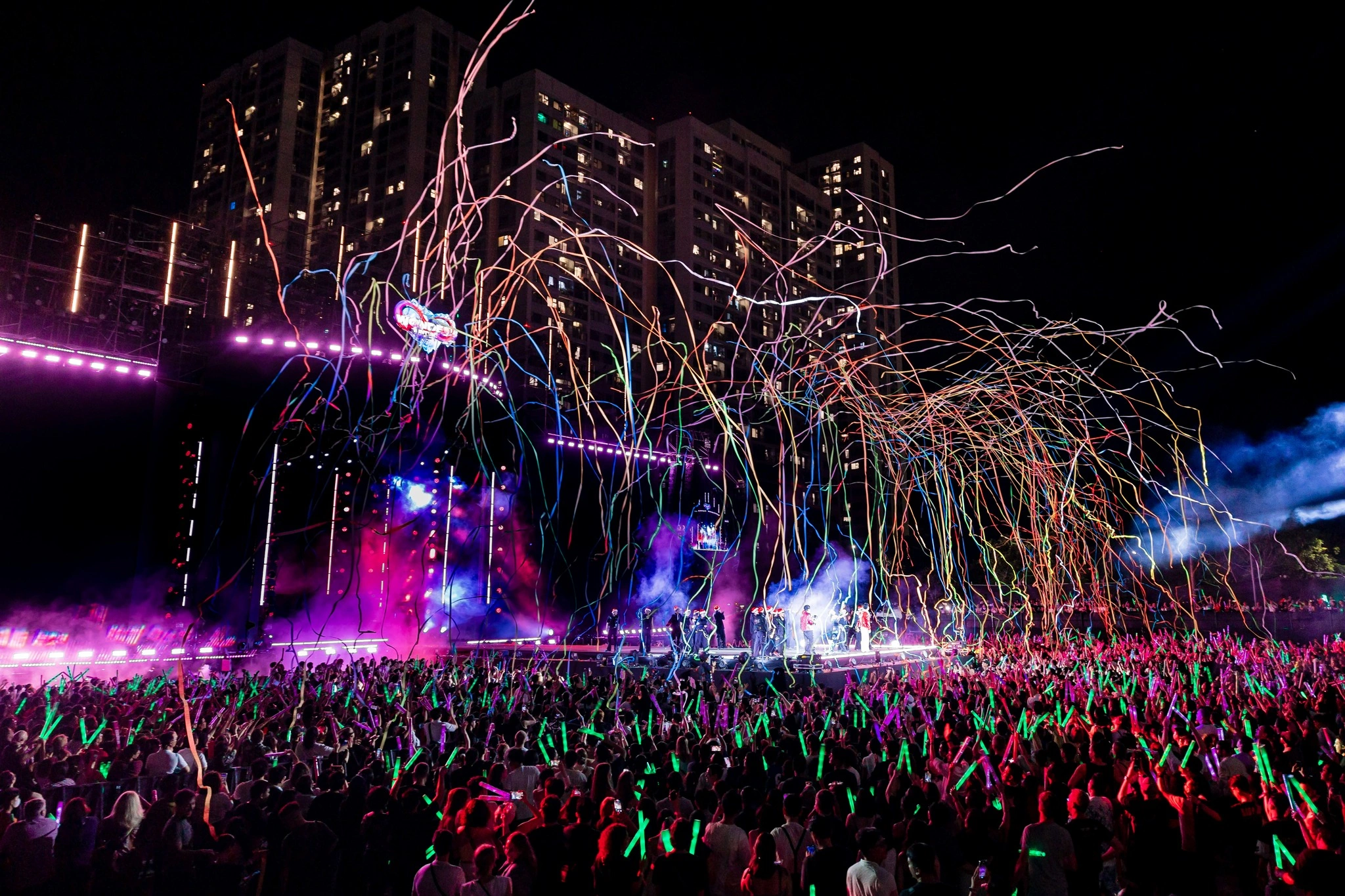
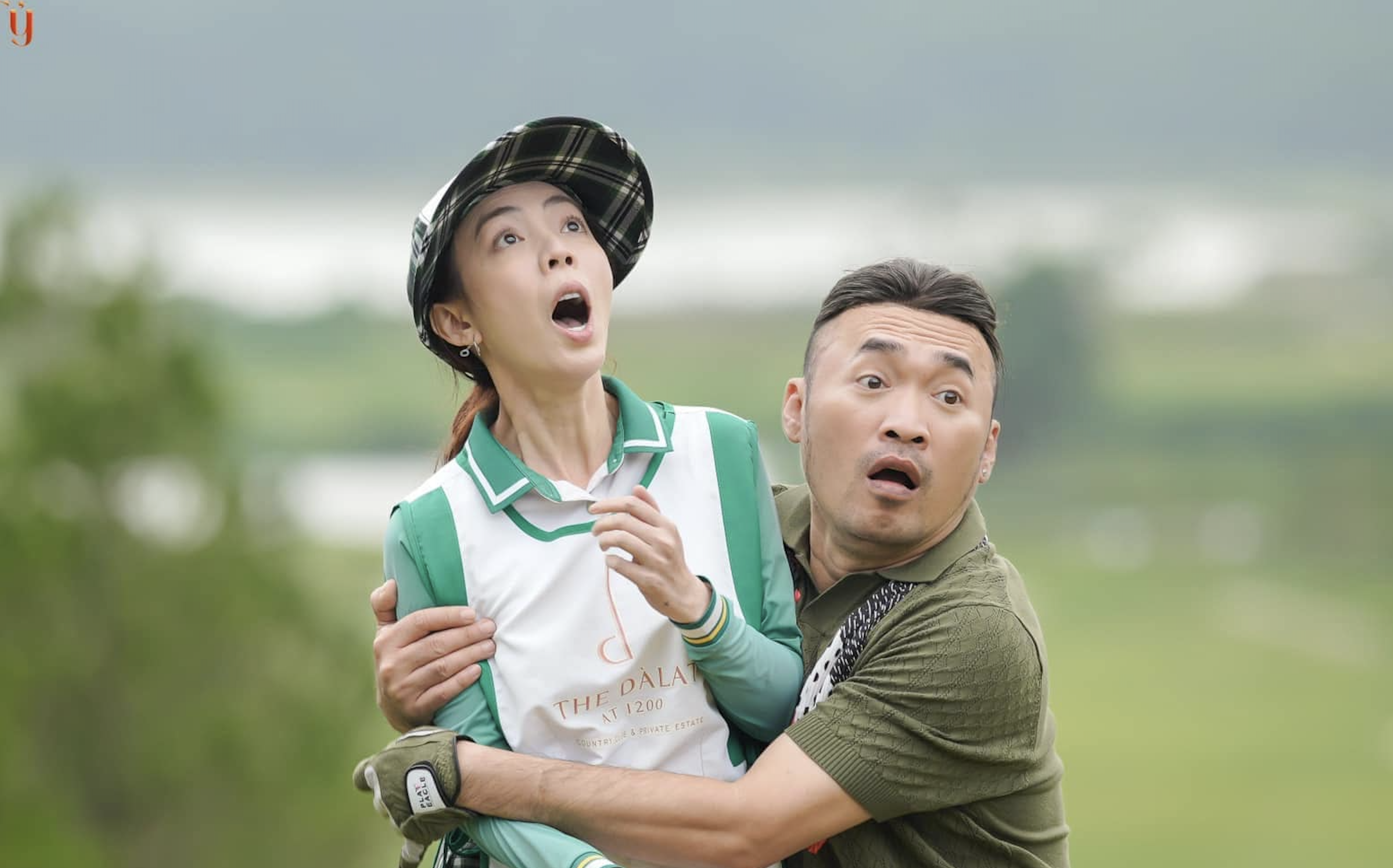



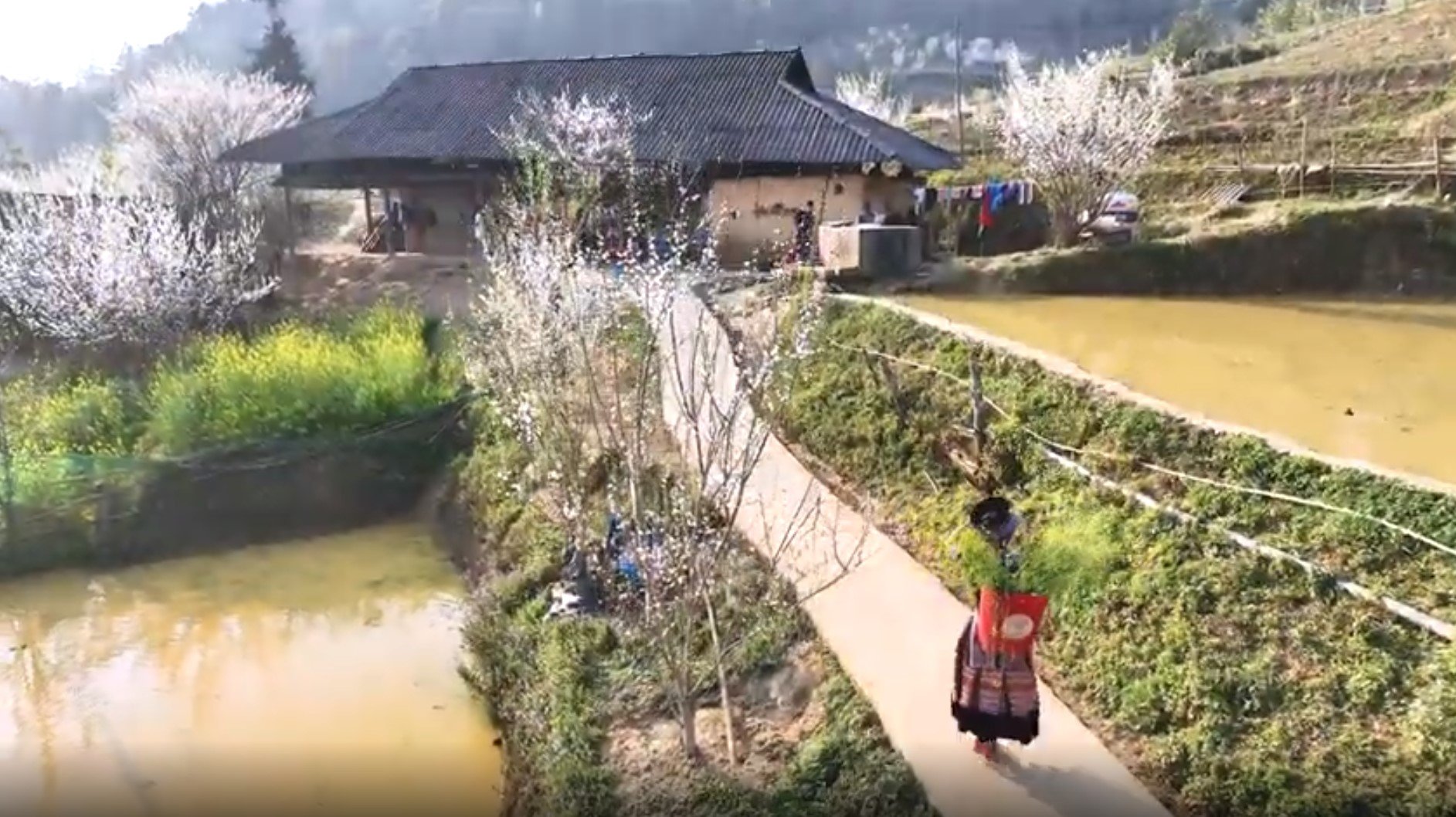


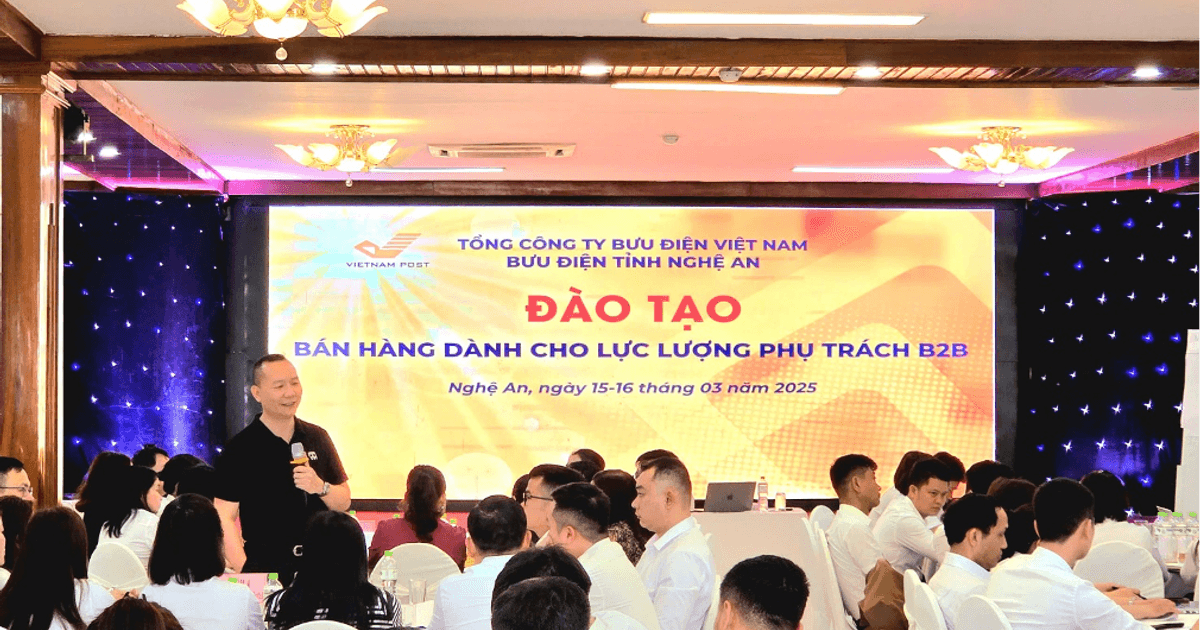

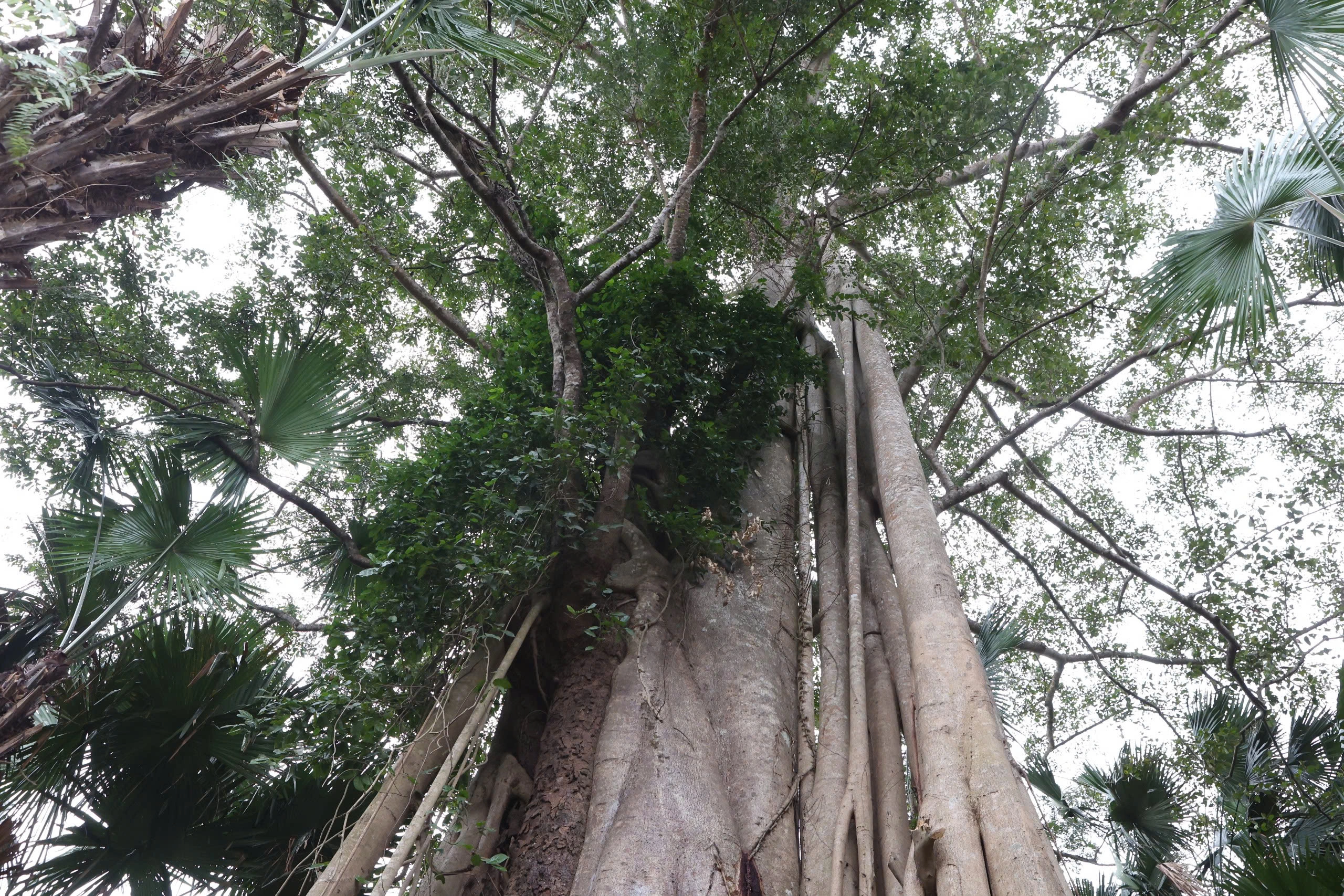

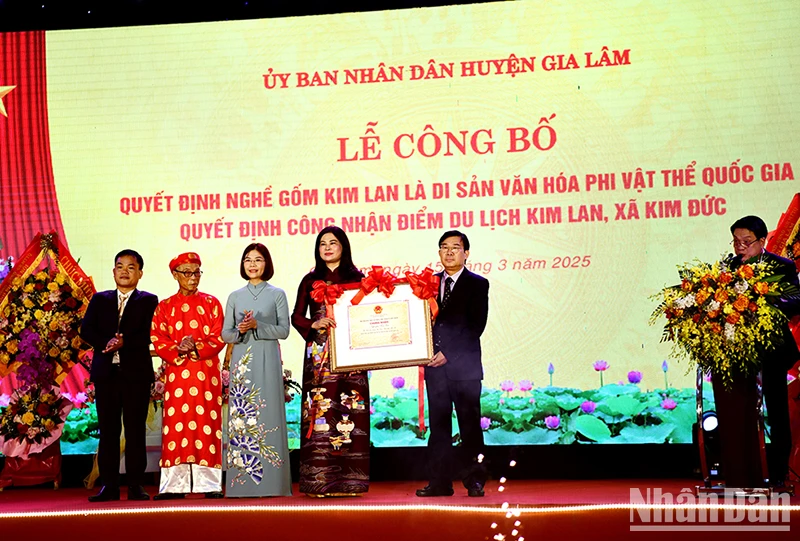

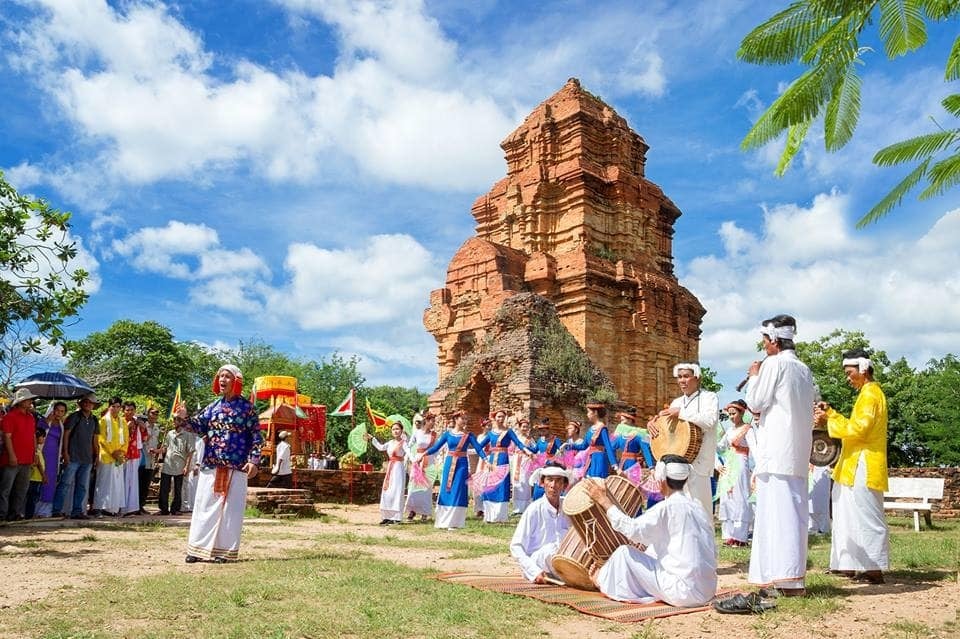

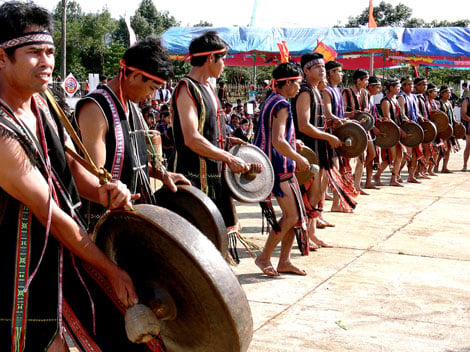

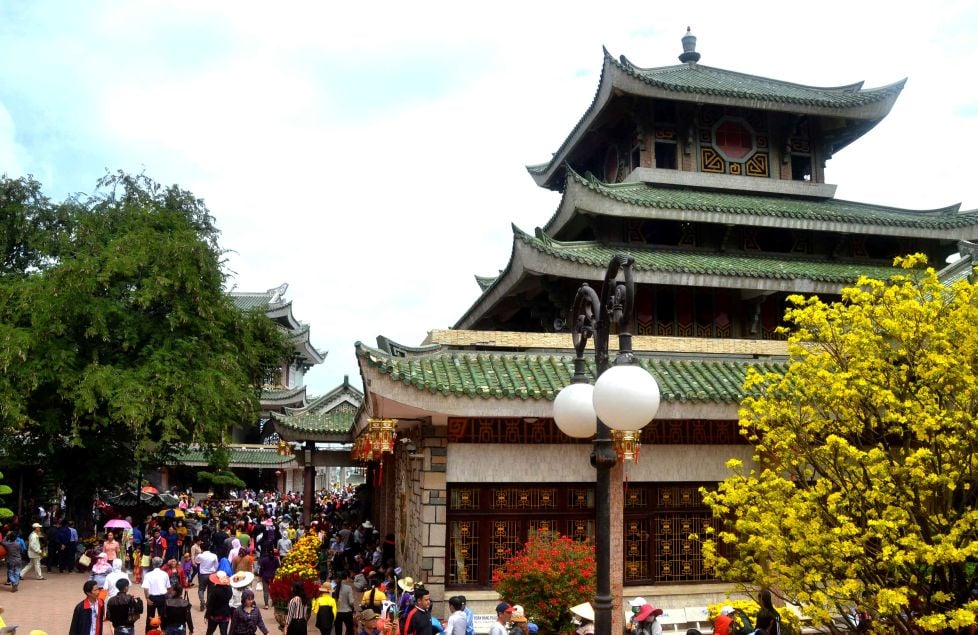



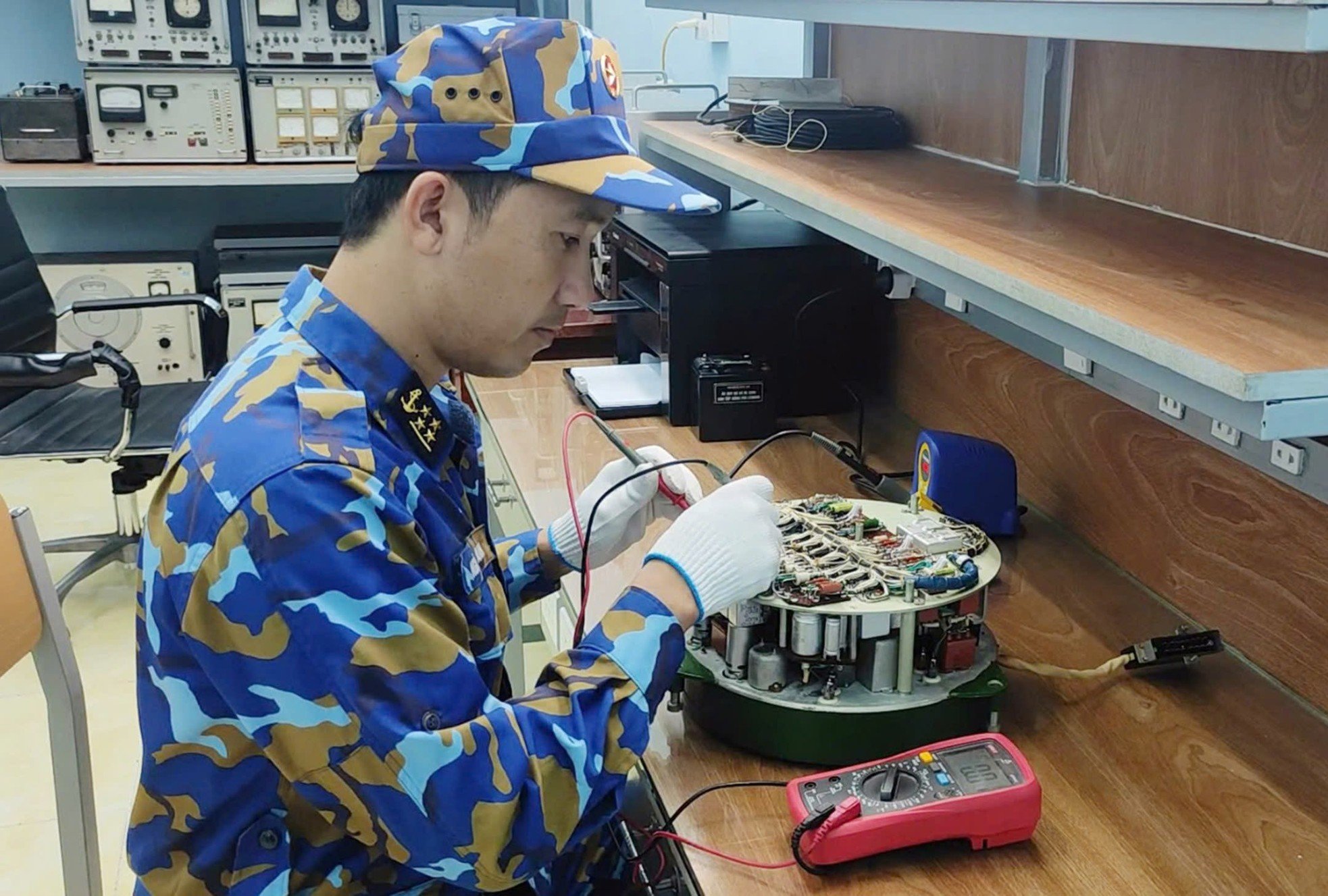

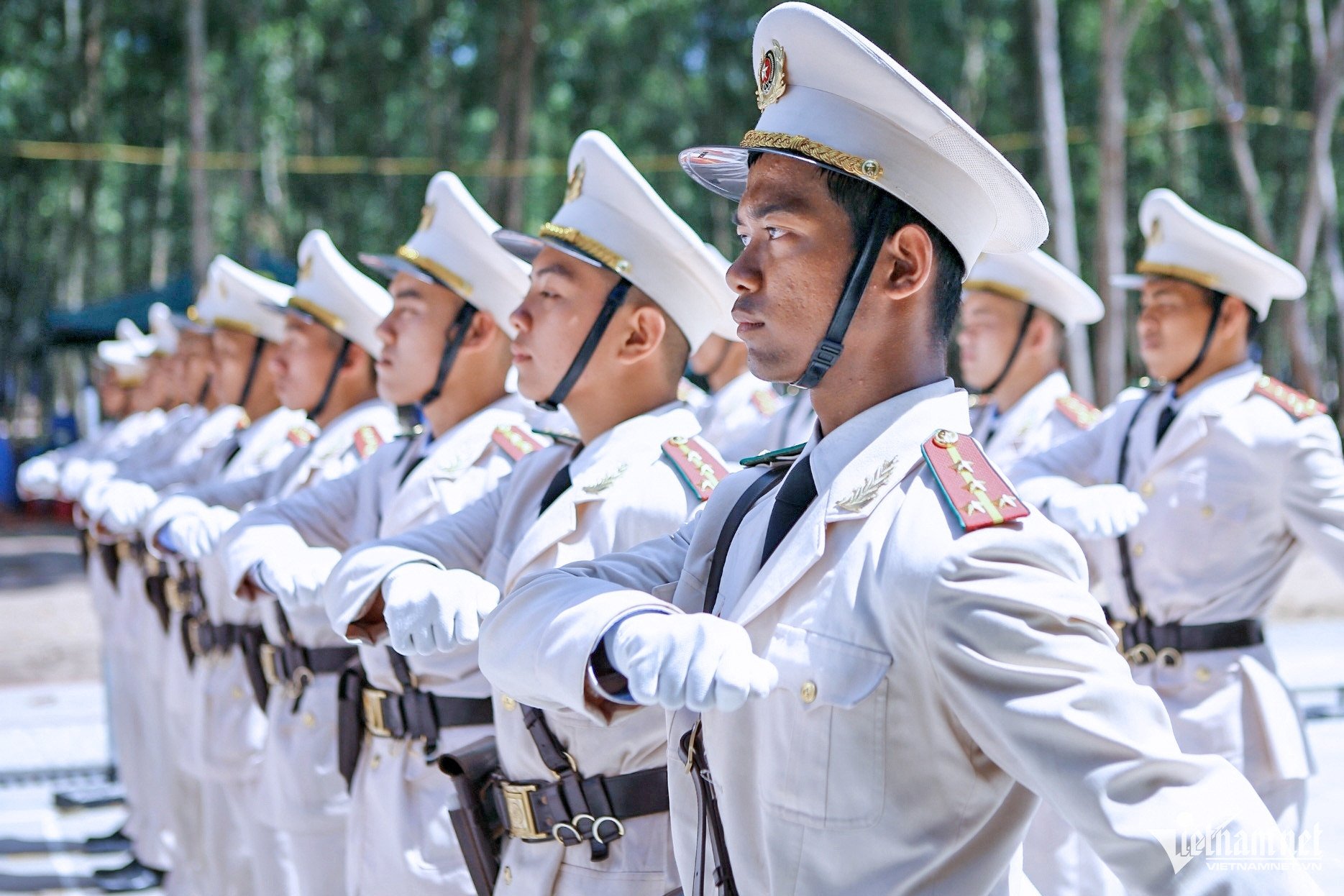


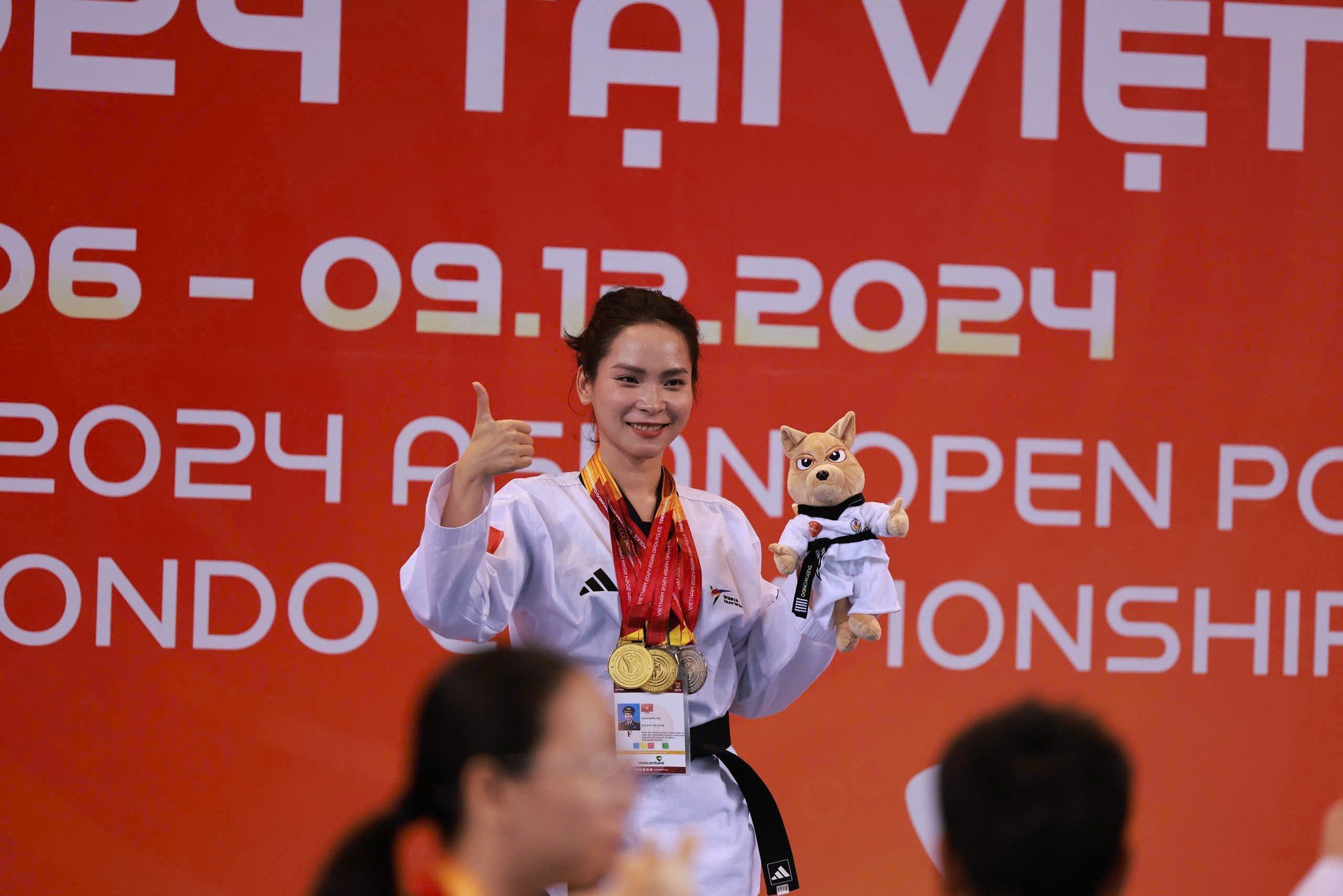

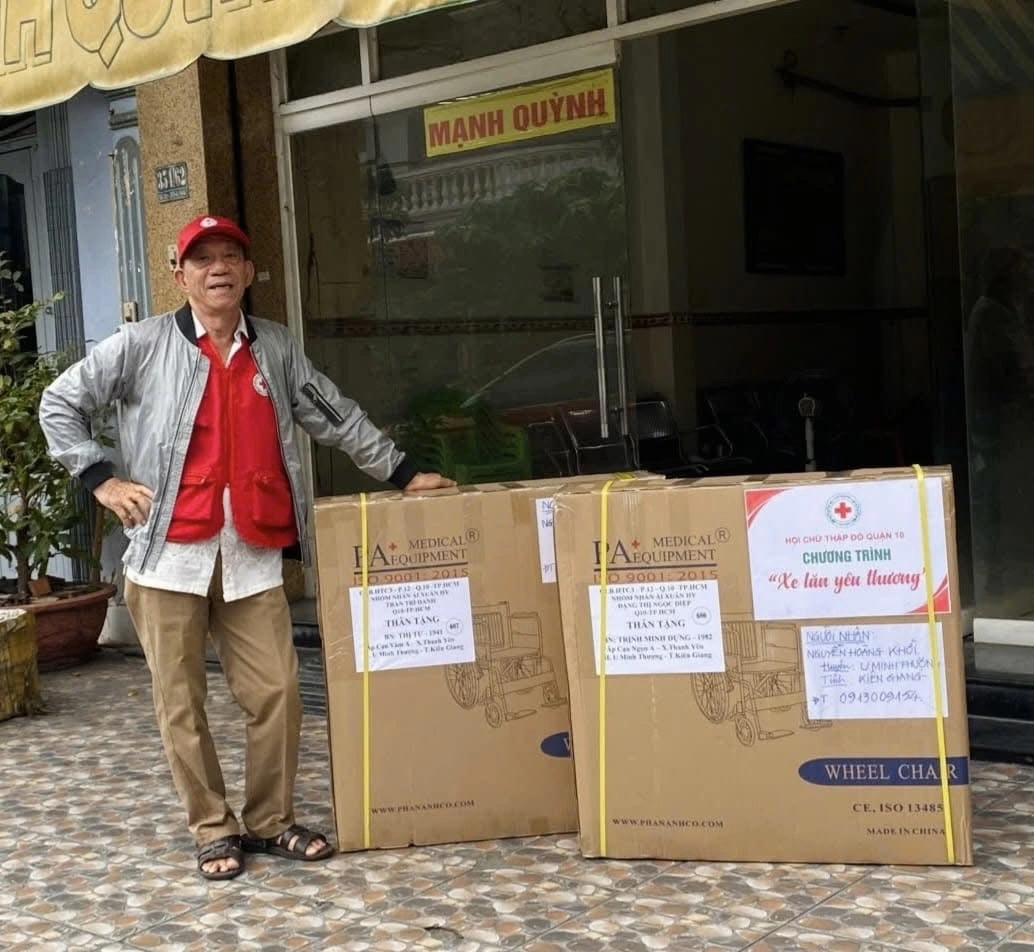






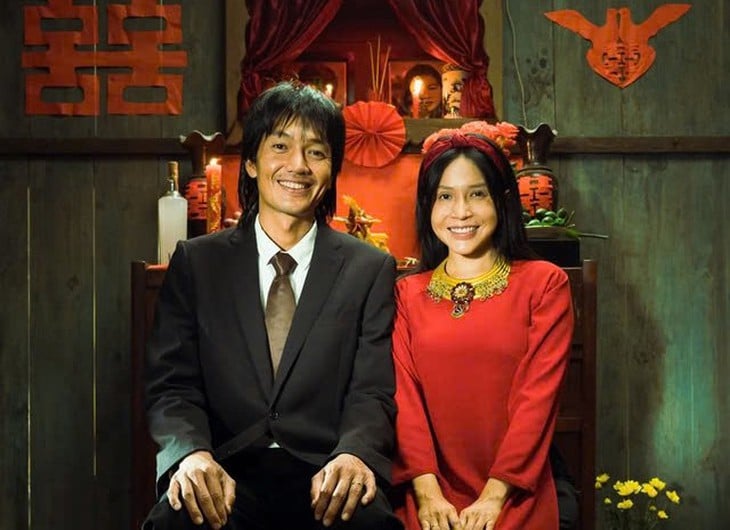




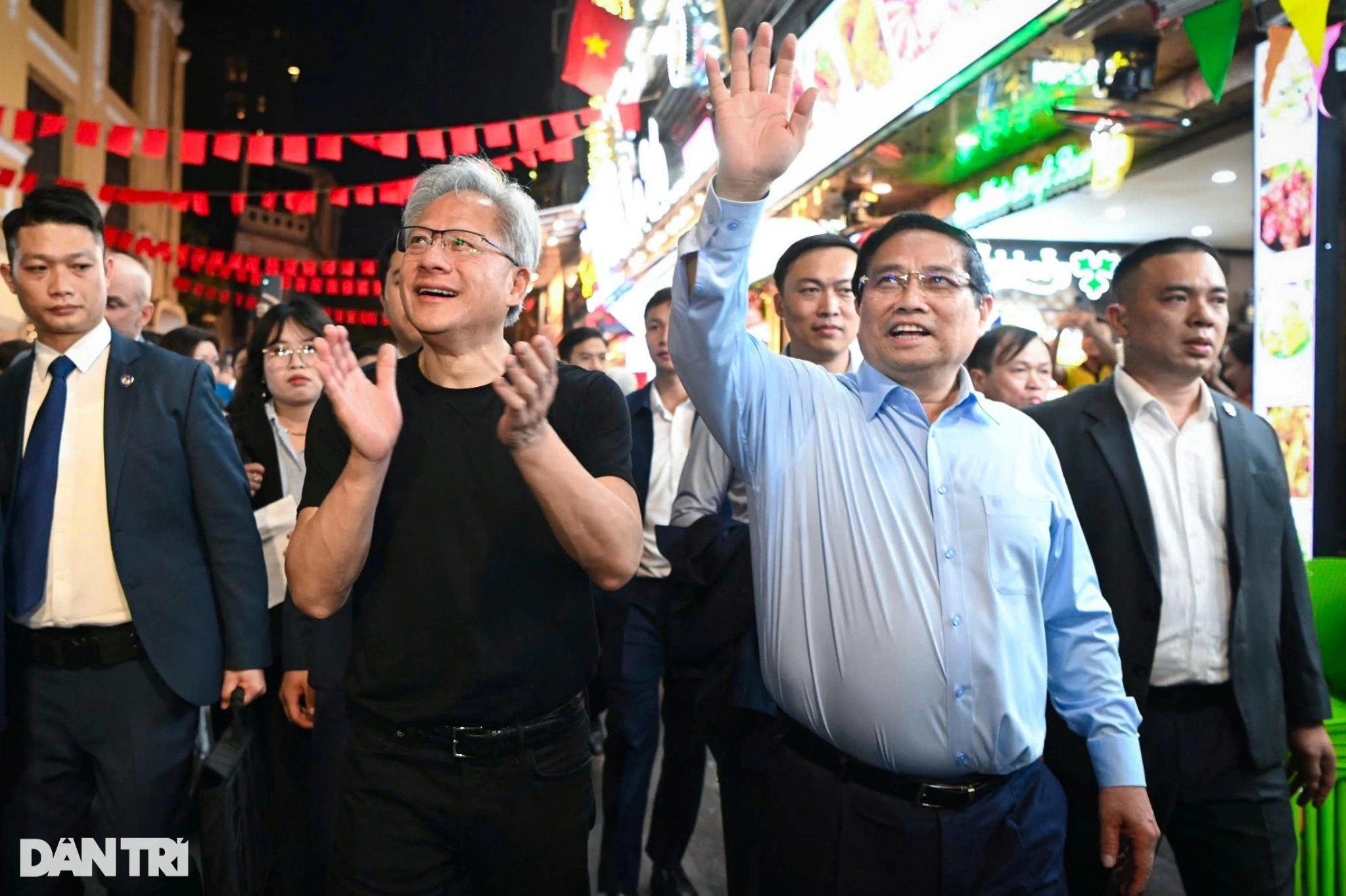
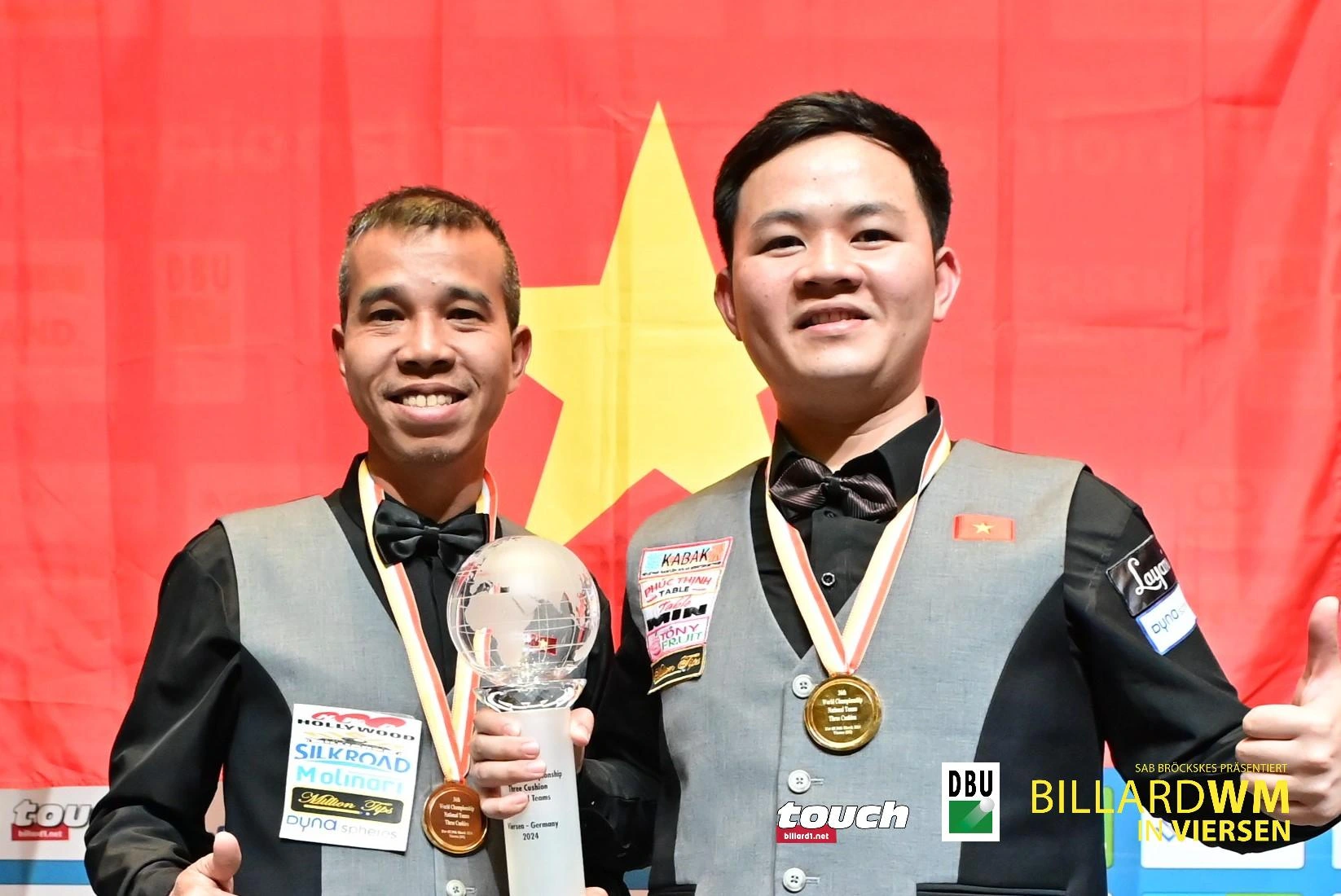
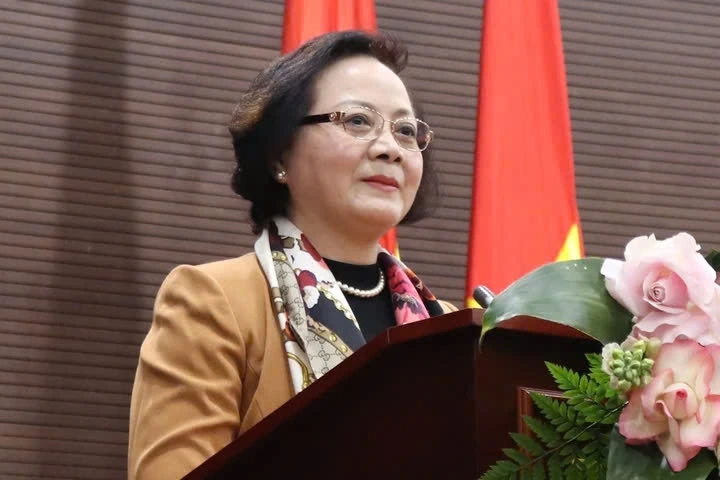

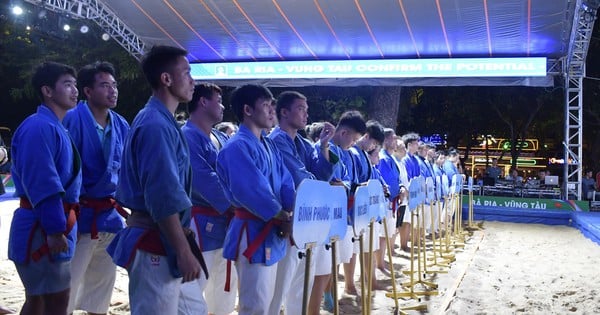

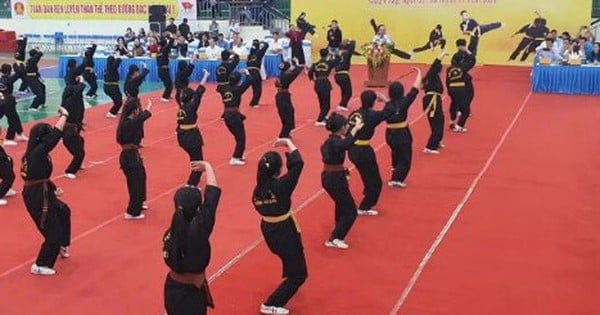
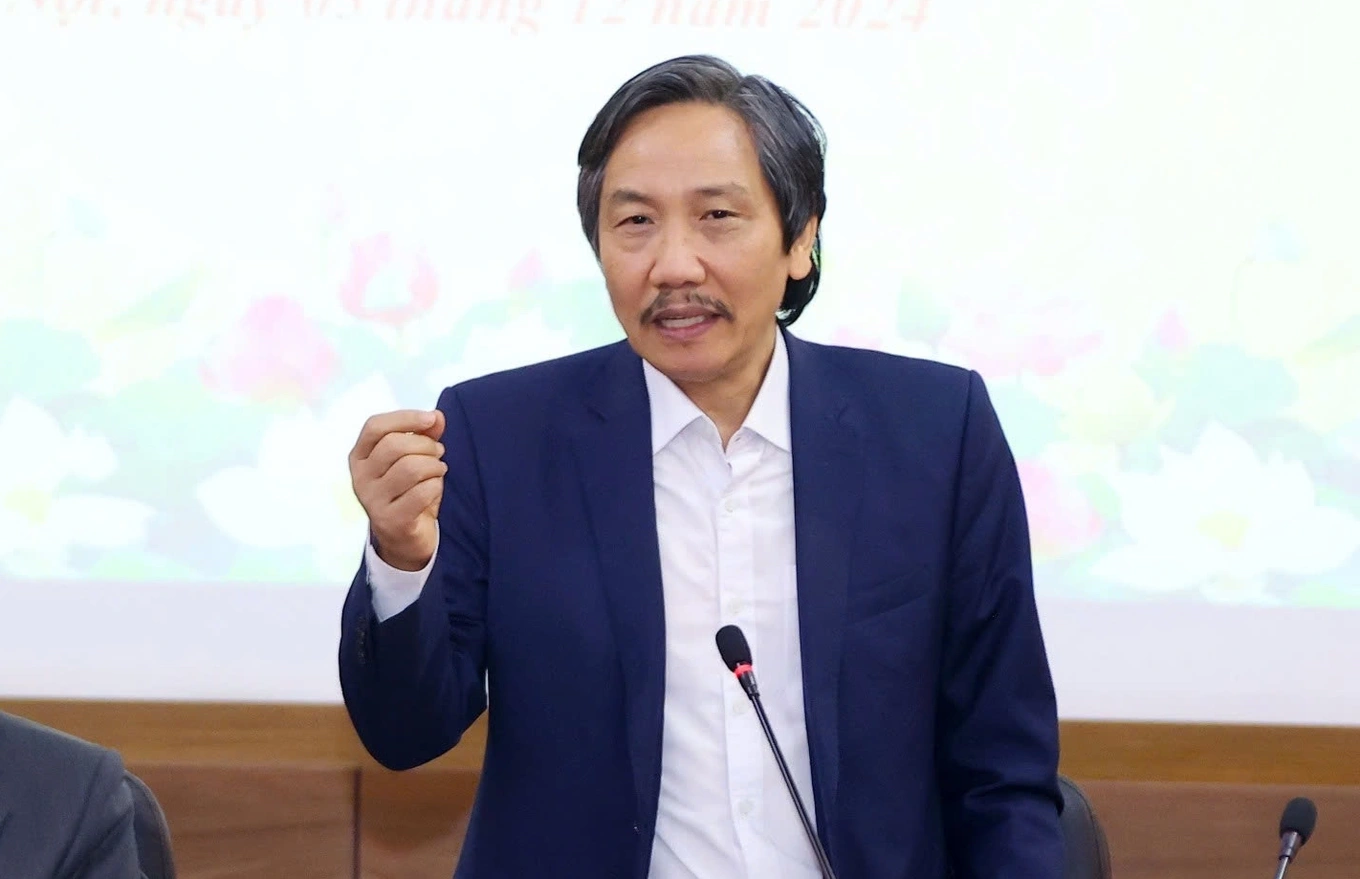
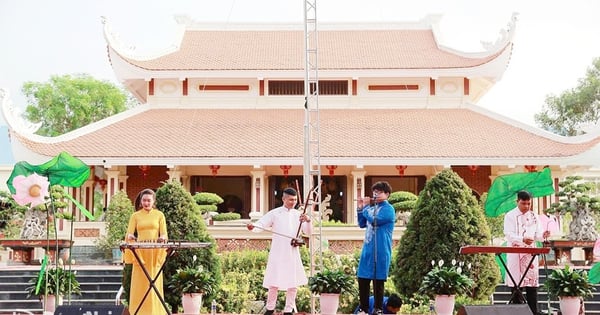
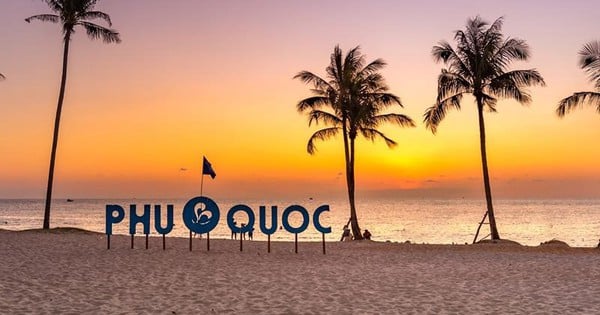

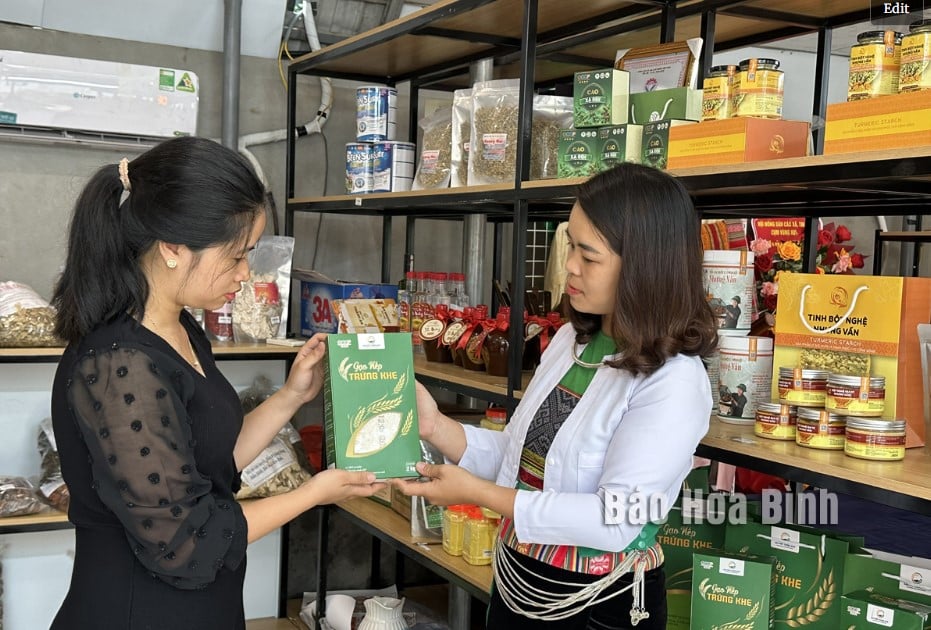

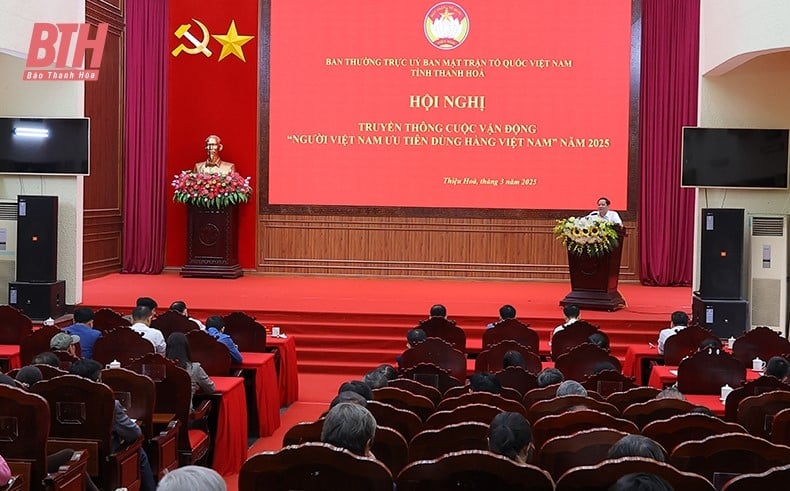

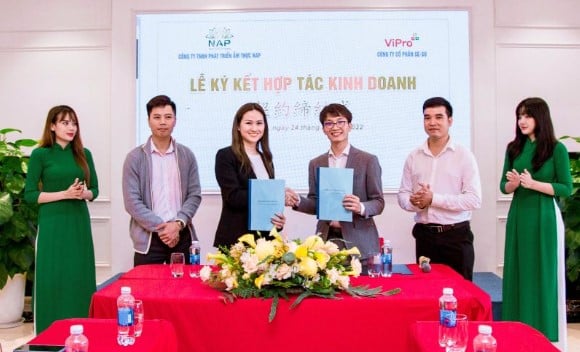



Comment (0)